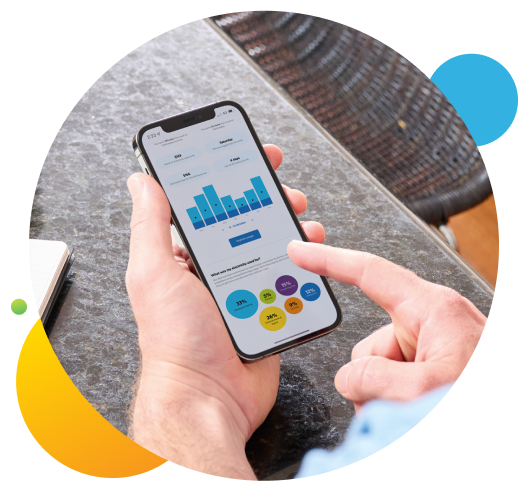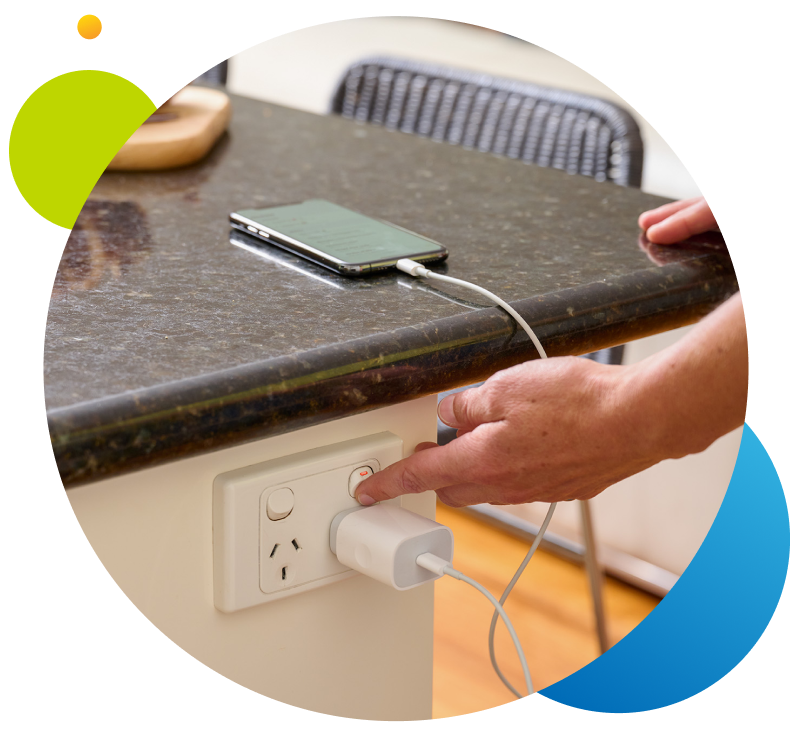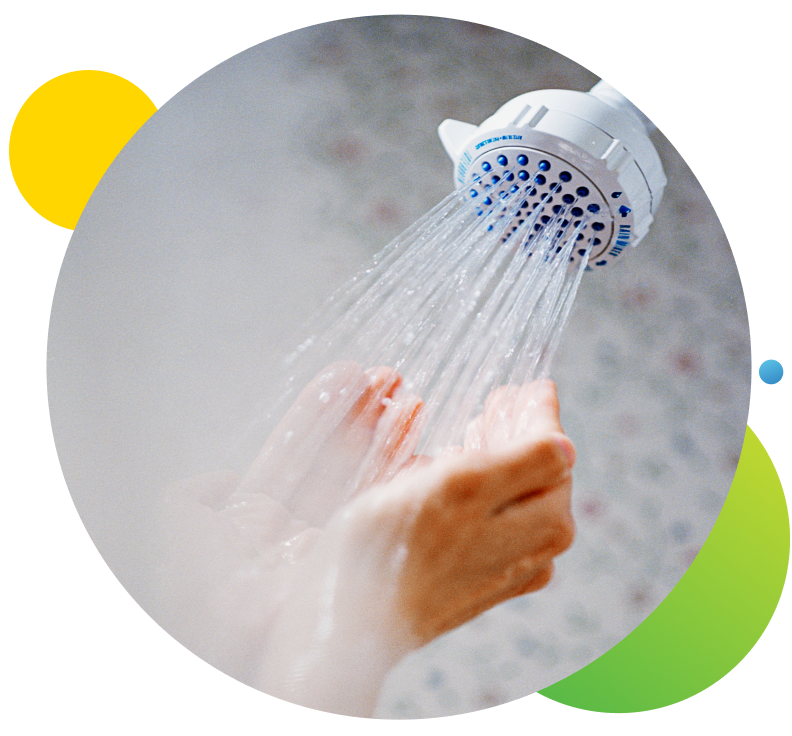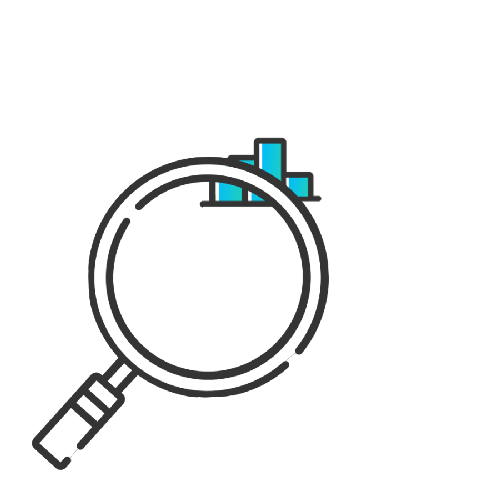Error message title

Error message title
Searching great energy plans for you
Tracker is now even more useful
Your Tracker report now includes even more information about areas of your home utilising the most energy. We’ve compiled tips to help you reduce energy usage from these electrical appliances.
How it works
How it works
A smart meter is a digital electricity meter that records a home's energy usage in at least 30-minute intervals. The smart meter sends the data to us on a daily basis.
Load Disaggregation
Once you’re registered for Tracker, the data from your smart meter is captured, analysed and categorised before being sent through to Tracker.
Tracker report
With Tracker, data from our load disaggregation model will appear in 6 categories, which will include the 5 highest consuming categories out of heating & cooling, entertainment & digital, kitchen, laundry, hot water, always on and timed load. The lowest three categories will be bundled together under ‘everything else’.

Recent improvements to your Tracker report
The “what was my electricity used for” section in your Tracker report will display an overview of 6 categories within your household that consume energy. It will display a percentage value allocated to help you identify areas of high consumption.
How to reduce energy usage & save

Heating & cooling
Heating and cooling combined account for around 30-40% of average household energy use. This category includes appliances such as fans and heat pumps, reverse-cycle air-conditioners, ducted air heaters and in-slab floor heating.
To ensure these items are operating efficiently, it’s important that they are regularly maintained and repaired. It’s best to periodically check things such as refrigerant levels, insulation and correct valve operation.
A simple way to reduce your reliance on heating and cooling systems is adding insulation and draught-proofing to your home. When the systems are in use, timers and operational controls can help minimise unnecessary usage, while keeping your home feeling comfortable.

Entertainment & digital
Entertainment and digital includes electrical devices such as TVs, radios and home entertainment systems. TVs alone typically contribute to around 9% of household energy usage.
Plasma and LCD generally offer more energy-efficiency than old-style CRT type televisions, however the average total power usage has not decreased due to larger screen sizes.
Downgrading to a smaller screen size can reduce your consumption, but if a larger screen is non-negotiable, choose a high star label with a smart surge guard.
However, the most simple way to reduce your energy consumption and use of ‘phantom power’ is by turning devices off at the switch when not in use.

Kitchen
Kitchen appliances include electrical components such as fridges/freezers, microwaves, toasters, ovens, stoves, dishwashers and other small appliances. Fridges and freezers utilise the most energy, followed by dishwashers and ovens/stoves.
When purchasing kitchen appliances, look out for the energy rating label. A higher rating will reduce your energy consumption - but these appliances can be costly. If you can’t upgrade to a more efficient option, being mindful about your usage can still make a difference.
Try these small changes to your daily habits - switch off appliances such as toasters or coffee machines when not in use, conserve water when handwashing dishes by filling the sink instead of running the tap and keep your oven clean as it will pre-heat quickly and distribute heat more effectively.

Laundry
Laundry appliances include washers and dryers. Dryers in particular consume a substantial amount of energy - they produce heat to dry your clothes and spin to ensure they’re dried evenly. The average dryer uses around 3000 watts, but they can vary between 1800 and 5000 watts.
The best way to reduce your energy consumption with these appliances is to purchase ones with a high energy star rating. For context, a 15-year-old washing machine could use up to 34% more energy than a modern one. That’s a difference that’ll soon add up.
If you’re not able purchase a new washer or dryer, a few simple changes can reduce your usage. Wash laundry with cold water and finish with a spin before drying - or better yet, hang laundry outside to dry. When the dryer must be used, installing a venting kit can also improve efficiency.

Always on
Always on appliances include items such as phone chargers, printers, electric toothbrushes, modems, wireless phones, video game consoles, electric clocks, lamps, desktop computers, monitors and printers.
Although these items don’t necessarily consume large amounts of power individually, when left on (or even on stand-by) they still contribute to household energy consumption.
If several of these items are located in the same space, connecting them to a smart surge protector guard will protect them from unexpected power surges and reduce energy use. However, the best way to save energy is to unplug them when not in use.

Timed load
This category includes items such as swimming pools and pumps, spas and hot water systems.
Pools and spas use a lot of energy. The average swimming pool will typically use around 2000kWh - 3000kWh of electricity per year, depending on the type and size of the pump.
You can reduce energy consumption of your pool by running the pump for longer periods at low speeds, installing a pool blanket, regularly cleaning the filter to maximise efficiency and switching the pool lights to LEDs.

Hot water
To reduce your energy consumption with hot water systems, consider installing a low-flow showerhead, taking shorter showers, insulating exposed hot water pipes and having your hot water system serviced regularly.
Frequently asked questions
Do I need to sign up for Tracker in order to see these further insights?
Yes. If you don’t already have Tracker, you can register here. To be eligible for Tracker, you must have a Simply Energy electricity account, a smart meter at your property, and an email address.
Once you’ve registered, you’ll receive weekly Tracker updates to your inbox which will normally include a prediction of the areas of your home and appliances using the most energy (typically the prediction is 85% accurate).
How does Load Disaggregation calculate my appliance consumption?
Using insights from your smart meter, load disaggregation methodology or ‘non-intrusive load monitoring’ is able to intelligently calculate and predict the energy appliances you have in your home as well as the energy consumption of those appliances. Typically, the prediction is 85% accurate.
Through your weekly Tracker email, you’ll be given an overview of six consumption categories within your household, displayed as a percentage of your total electricity usage, helping you to identify areas of high consumption around your home with typically 85% accuracy.
Is this usage information personalised to me?
Yes. The insights shared with you are unique to your estimated energy consumption around your home.
How can I make Tracker even more tailored to my usage?
Open up your Tracker email and look for the link to our 30 second survey. This survey helps to ensure that the information and insights we share with you are useful and relevant. While these figures will continue to be estimates they will get more accurate over time with your input.
Is this information shared with anyone else?
No. Your information remains with Simply Energy and is held in accordance with our Privacy Policy.
Should I make investment decisions based on this disaggregation information?
No. This information is predictive, and should only be used as an early indicator of what opportunities to investigate first. You should do your own detailed analysis on each investment opportunity.
Where can I find general information on Tracker and FAQs?
Discover more about Tracker here.
